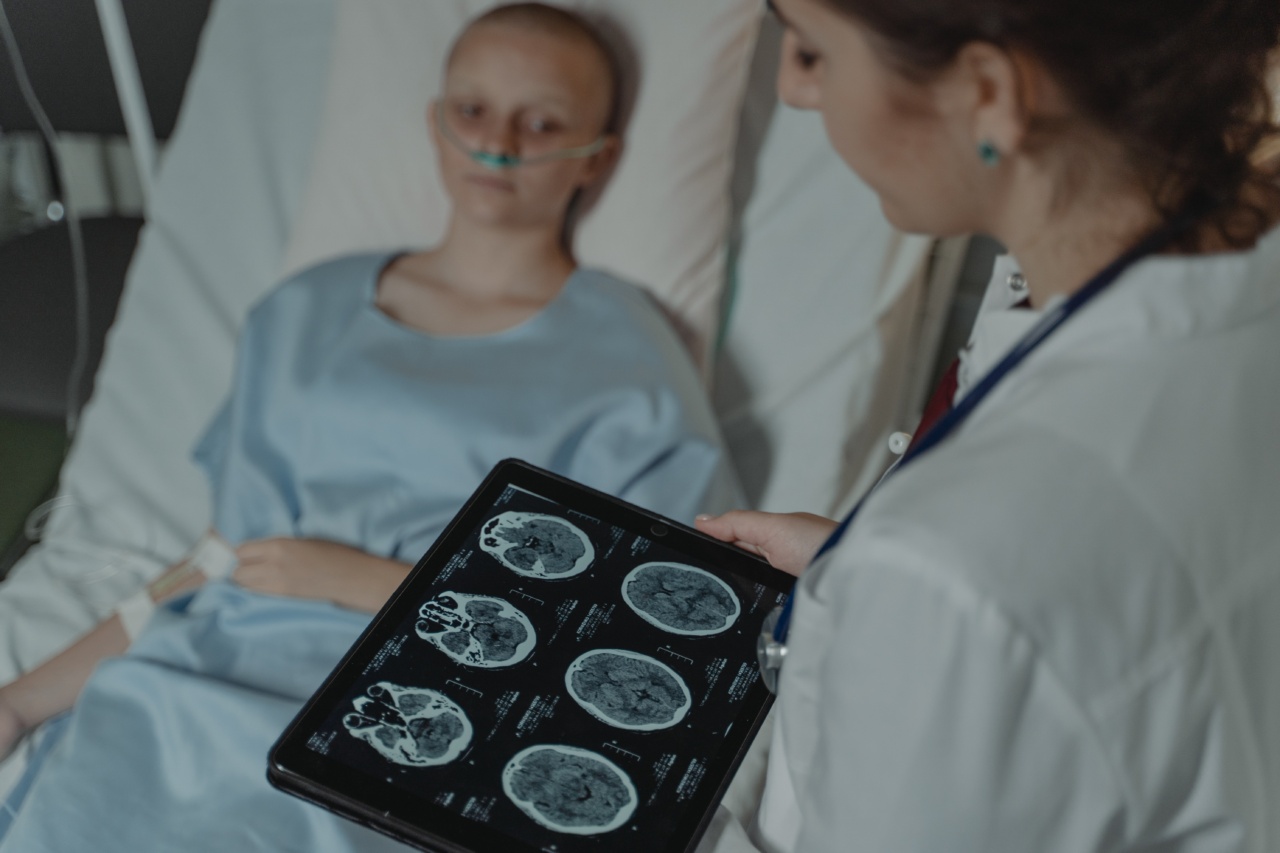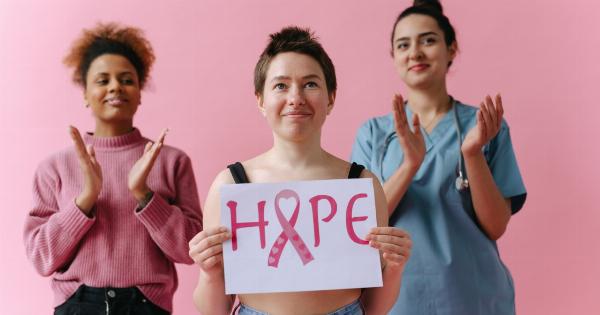Colon cancer is one of the leading causes of cancer-related deaths worldwide. It is a type of cancer that starts in the colon or rectum, and if not caught early, it can be life-threatening.
However, recent studies have shown that there is a promising method for reducing colon cancer tumors by 50%, offering hope for patients and their loved ones. In this article, we will explore the 50% method and its potential impact on colon cancer treatment.
The Role of Lifestyle Factors
Before delving into the 50% method, it is crucial to understand the role of lifestyle factors in the development of colon cancer. Research has consistently linked certain behaviors and habits to an increased risk of developing this disease.
These factors include a sedentary lifestyle, poor diet, obesity, smoking, and excessive alcohol consumption.
While genetics does play a role in colon cancer, lifestyle factors are within our control and can significantly contribute to reducing the risk.
By adopting a healthy lifestyle that includes regular exercise, a balanced diet rich in fruits and vegetables, maintaining a healthy weight, and abstaining from smoking and excessive alcohol intake, individuals can minimize their chances of developing colon cancer.
The 50% Method Explained
The 50% method, also known as “half dose chemotherapy,” has garnered attention in the field of oncology as a potential breakthrough in colon cancer treatment.
Traditional chemotherapy involves administering the full recommended dosage of chemotherapy drugs to patients. However, this method often leads to severe side effects and impacts the overall quality of life for the patient.
The concept behind the 50% method is to administer half the recommended dosage of chemotherapy drugs, thereby reducing the intensity of side effects experienced by patients while still maintaining treatment efficacy.
This approach not only improves the patients’ quality of life during their course of treatment but also increases the likelihood of completion of the full treatment regimen.
Studies have shown that despite the lower dosage, the 50% method has demonstrated comparable effectiveness to the standard full-dose chemotherapy in reducing tumor size in colon cancer patients.
Additionally, patients undergoing the 50% method experienced milder side effects such as nausea, hair loss, and fatigue, which are commonly associated with traditional chemotherapy.
The Benefits of the 50% Method
The implementation of the 50% method in colon cancer treatment offers several significant benefits:.
1. Improved Quality of Life
By reducing the intensity of side effects associated with chemotherapy, patients undergoing the 50% method can enjoy an improved quality of life during treatment.
They may experience less pain, nausea, and fatigue, enabling them to continue with their daily activities and maintaining a sense of normalcy.
2. Increased Treatment Completion Rates
One of the challenges in cancer treatment is patients discontinuing or delaying their treatment due to severe side effects.
With the 50% method, patients are more likely to complete their full treatment regimen, increasing the chances of successful outcomes and long-term remission.
3. Potential Cost Savings
Reducing the dosage of chemotherapy drugs can also lead to potential cost savings for patients.
Chemotherapy drugs are often expensive, and lowering the amount required for each treatment session can significantly reduce the financial burden associated with cancer treatment.
4. Customizable Treatment Plans
The 50% method offers flexibility in tailoring treatment plans to individual patients’ needs and circumstances.
By factoring in patients’ overall health, age, and tolerance to chemotherapy, oncologists can create personalized treatment approaches that maximize effectiveness while minimizing side effects.
The Future of Colon Cancer Treatment
While the 50% method shows promise in reducing colon cancer tumors, further research and clinical trials are necessary to validate its long-term effectiveness.
Additionally, it is crucial to identify the specific patient profiles that would benefit most from this approach.
As medical advancements continue to unfold, the combination of the 50% method with other emerging therapies, such as immunotherapy, holds significant potential.
Collaborative efforts between oncologists, researchers, and pharmaceutical companies aim to improve treatment outcomes and enhance the overall prognosis for colon cancer patients.
Conclusion
The 50% method presents a revolutionary approach to colon cancer treatment, offering hope for patients and their families.
By reducing the intensity of side effects while maintaining treatment efficacy, this method improves the quality of life for patients and increases treatment completion rates. While more research is needed, the 50% method represents a significant advancement in the fight against colon cancer.


























